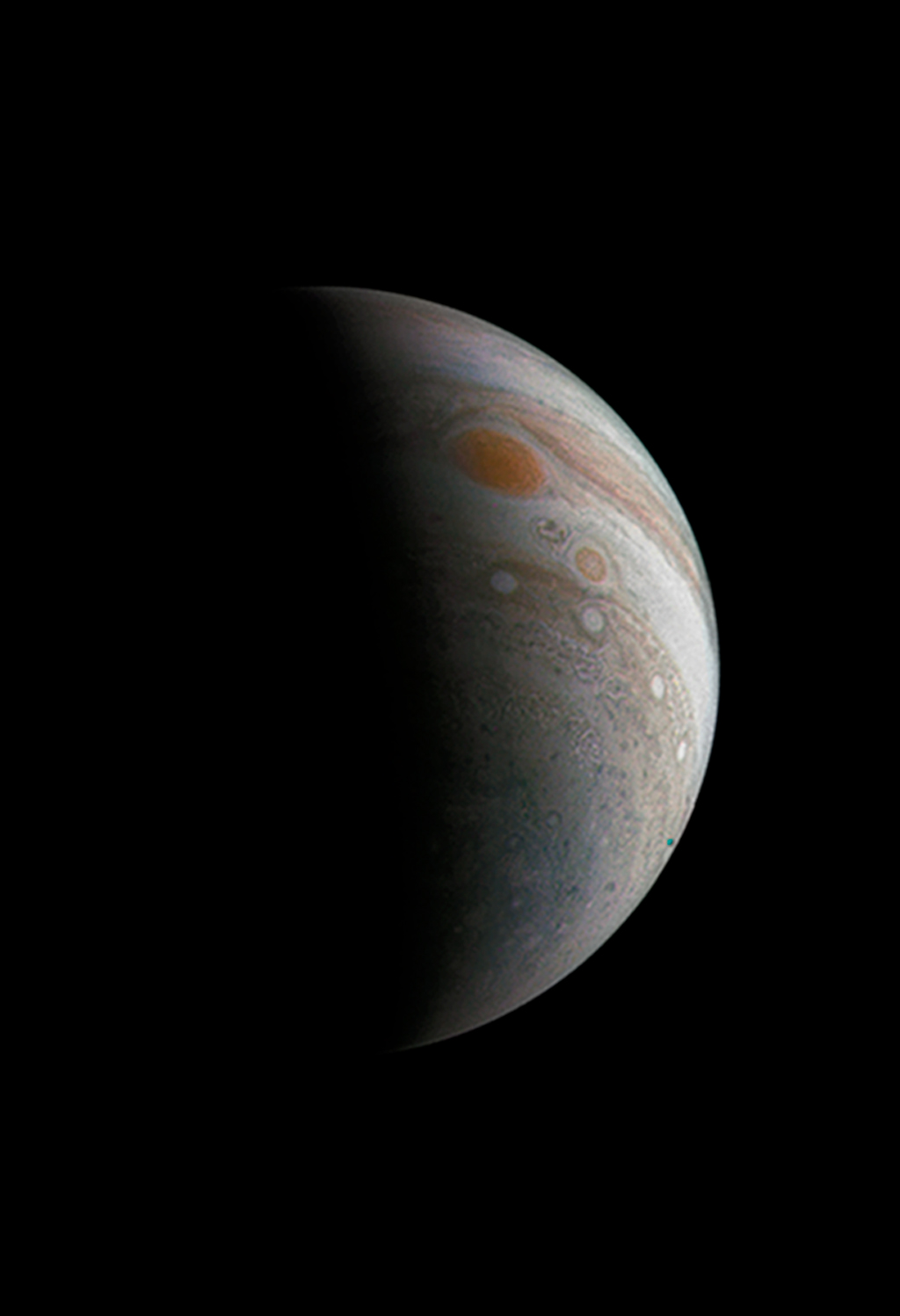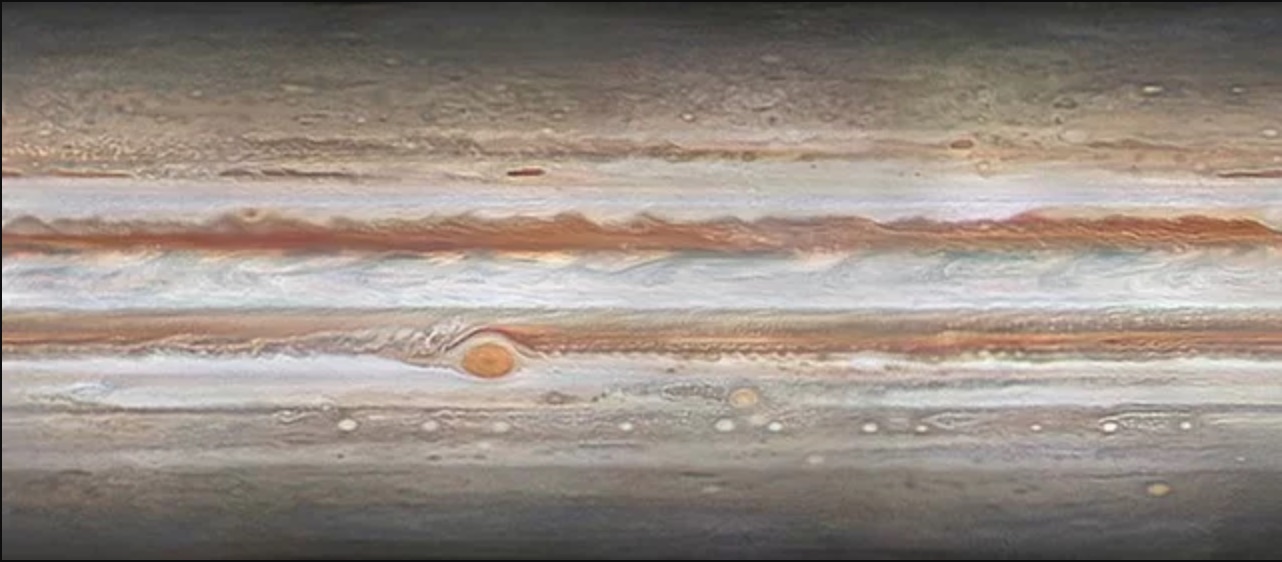Mystery Solved? Gravity Waves Behind Jupiter's Weird Switching Jet Stream
The mystery of Jupiter's strangely switching jet stream may have just been solved.
Gravity waves are likely causing Jupiter's jet stream to change direction, a new study suggests. The new results could reveal information not just about clouds in the atmospheres of planets in our own solar system, but also about those moving above the surfaces of alien worlds, researchers said.
"Jupiter is much bigger than Earth, much farther from the sun, rotates much faster and has a very different composition, but it turns out to be an excellent laboratory for understanding this equatorial phenomenon," study lead author Rick Cosentino, a postdoctoral fellow at NASA's Goddard Space Flight Center in Greenbelt, Maryland, said in a statement. [Photos: Jupiter, the Solar System's Largest Planet]
About every four Earth years, the east-west jet stream flowing high over Jupiter's equator switches direction — a mysterious phenomenon called the quasi-quadrennial oscillation (QQO). The QQO resembles a process seen both on Earth and Saturn, which occurs every 28 Earth months and every 15 Earth years, respectively, study team members said.
For the first time ever, researchers analyzed detailed observations of the full QQO process, made over the course of five years with NASA's Infrared Telescope Facility (IRTF) in Hawaii. The new measurements — which spanned latitudes from about 40 degrees north to 40 degrees south of Jupiter's equator — were made possible by an instrument called the Texas Cross Echelle Spectrograph, which the study team mounted on the IRTF.
"These measurements were able to probe thin vertical slices of Jupiter's atmosphere," study co-author Amy Simon, also a scientist at NASA Goddard, said in the same statement. "Previous data sets had lower resolution, so the signals were essentially smeared out over a large section of the atmosphere."
After comparing the new data with simulations, the team concluded that gravity waves are likely the driving force behind QQO. Gravity waves occur in air or liquid, and are caused by gravity or buoyancy acting to restore equilibrium; wind-driven waves at the ocean's surface are a prominent example. They're very different than the ripples in space-time known as gravitational waves.
Breaking space news, the latest updates on rocket launches, skywatching events and more!
On Jupiter, gravity waves produced by convection low in the atmosphere likely cause the QQO as they rise into the stratosphere, the researchers said.
"Our model could be applied to study the effects of these mechanisms in other planets of the solar system and in exoplanets," study co-author Raúl Morales-Juberías, an associate professor at the New Mexico Institute of Mining and Technology in Socorro, said in the same statement. "Despite the many differences between Earth and Jupiter, the coupling mechanisms between the lower and upper atmospheres in both planets are similar and have similar effects."
Follow Doris Elin Salazar on Twitter@salazar_elin. Follow us @Spacedotcom, Facebook and Google+. Original article on Space.com.

Doris is a science journalist and Space.com contributor. She received a B.A. in Sociology and Communications at Fordham University in New York City. Her first work was published in collaboration with London Mining Network, where her love of science writing was born. Her passion for astronomy started as a kid when she helped her sister build a model solar system in the Bronx. She got her first shot at astronomy writing as a Space.com editorial intern and continues to write about all things cosmic for the website. Doris has also written about microscopic plant life for Scientific American’s website and about whale calls for their print magazine. She has also written about ancient humans for Inverse, with stories ranging from how to recreate Pompeii’s cuisine to how to map the Polynesian expansion through genomics. She currently shares her home with two rabbits. Follow her on twitter at @salazar_elin.


